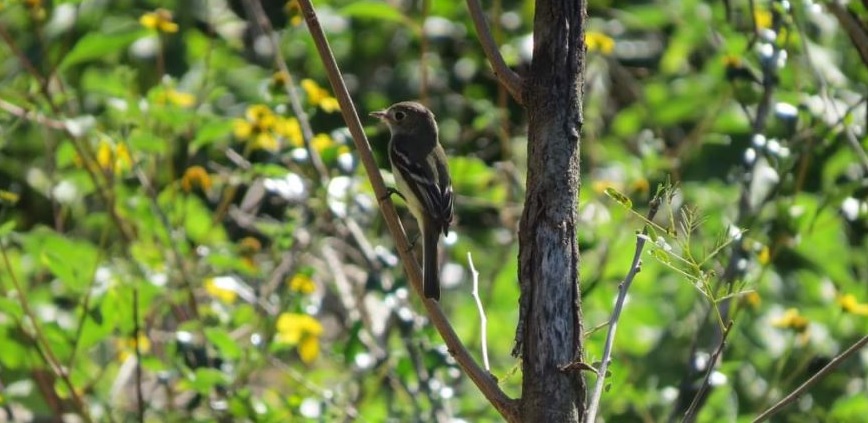The Mérida’s ‘CUXTAL’ Ecological Reserve is a generator of essential environmental services for Biodiversity in the region.
The Cuxtal Ecological Reserve is located in the south zone of Mérida municipality, within the state capital city limits.
Ecological reserves, such as “Cuxtal”, provide important environmental services that benefit both forest ecosystems and human life, hence the importance of knowing more about these services and the activities for their care and conservation, said Claudio Franco Chulín, specialist of the National Forestry Commission. He indicated that within the objectives of the institutional program of Conafor 2020-2024, it is established to conserve and restore the capacity to provide ecosystem services in strategic forest areas, through an inclusive and participatory approach that contributes to guaranteeing a healthy environment for development and well-being of the population.

He explained that provide environmental services include tangible goods such as food, wood, fibers; those of regulation refer to processes of climate regulation, erosion control; the cultural ones, which are the intangible assets associated with aesthetic or religious values, and finally, support, which is the primary productivity and conservation of biodiversity.
“Provisioning or cultural services occur when different local groups use products obtained from ecosystems to respond to diverse needs such as food, housing construction or medicine, in addition, there are groups that attribute values and religious sense to sites that depend on specific environmental conditions ”, he specified.

The specialist explained that some examples of environmental services are climate regulation, water purification, soil shaping, the landscape (in terms of an aesthetic, cultural or educational value), and protection against events such as hurricanes and storms, among others.
Regarding the services offered by the Cuxtal Reserve, he pointed out that the vegetation cover, characterized by the appearance of lush vegetation, its dominant life forms, height, density, and the composition of the plant communities, among others, are expressions of the influence of environmental factors, climate, geomorphology, soils, disturbance regimes, and human influence, in the configuration of the landscape.

“Vegetation in turn influences, through biophysical interactions, climate conditions and soil formation, the habitat conditions of wildlife and soil biota, and also the availability of resources and the generation of ecosystem services on which human societies depend ”, he added.
He indicated that according to the 2013 Yucatan State Forest and Soil Inventory data, and based on the 2010 Municipal Geostatistical Framework, the forest formation in the Municipality of Mérida corresponds to that of medium forests (also called tropical forests) with 21.0%, low forests represent 33%, both forest-type formations are secondary and represent 54%, and other non-forest areas cover 46%.
In the “Cuxtal” Reserve, he specified, this formation is only represented by the medium deciduous forest, which is described below:

The trees are approximately 10 to 20 meters high, and they drop their leaves from 50 to 75% during the dry season of the year, this makes the soils where they thrive form a spongy layer of litter; stony is also another property of the soil, which is a factor that favors the life of this type of vegetation.
The tree species most frequently recorded in this community are the following: Piscidia piscipula, Bursera simaruba, Lysiloma latisiliquum, Pithecellobium albicans, Lonchocarpus xuul, Caesalpinia gaumeri, Acacia gaumeri, Thouinia paucidentata and Gymnopodium floribundum, according to the 2009 census.
Source: Yucatan Ahora




